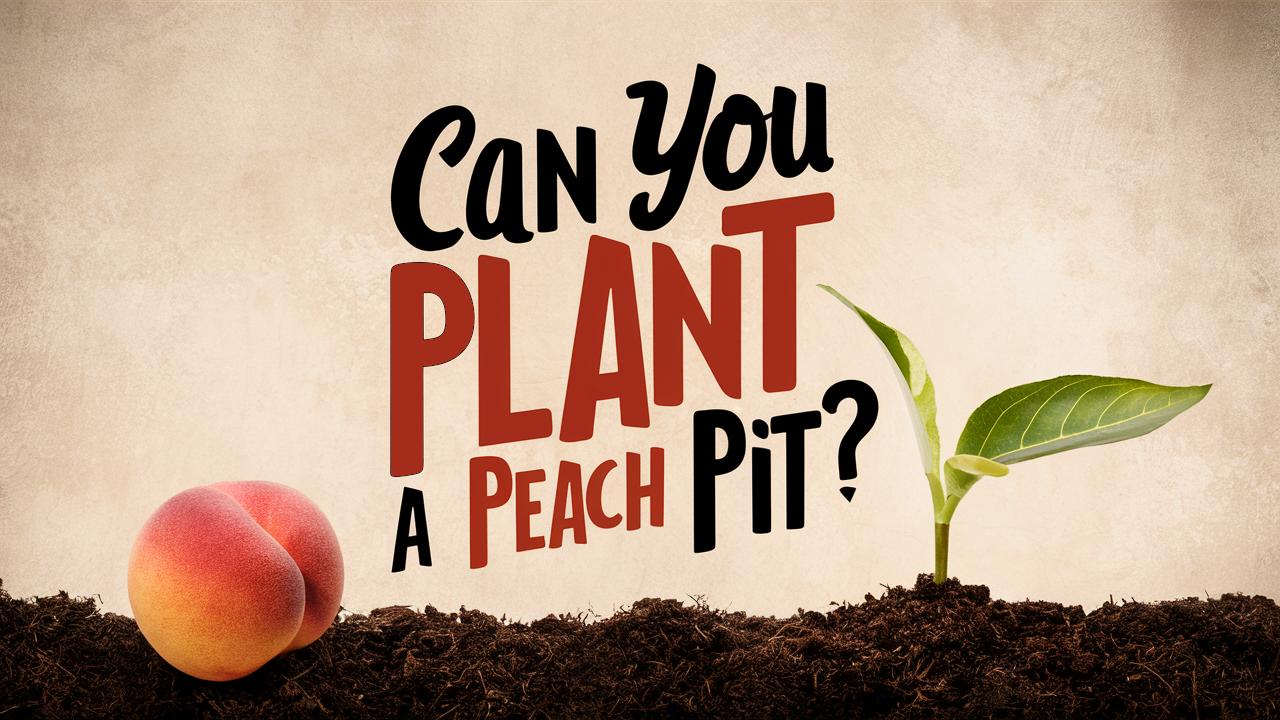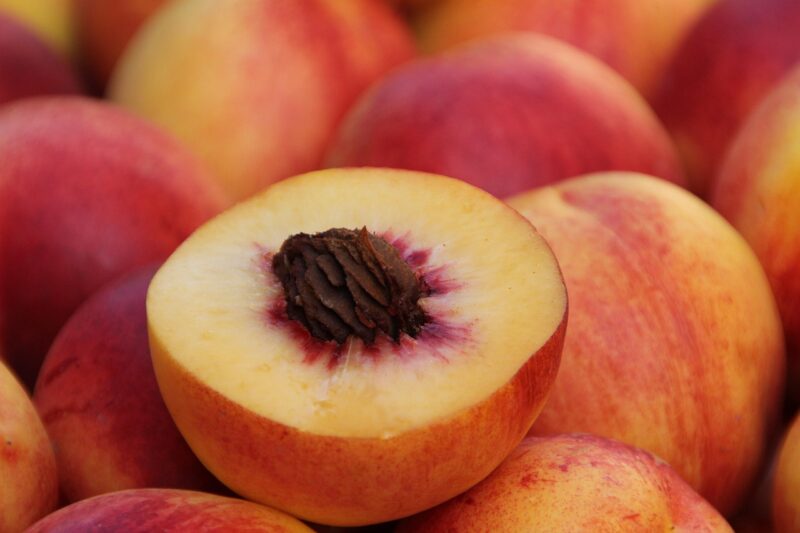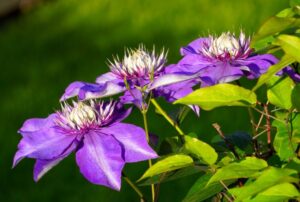The idea of planting a peach pit can seem both magical and enticing, conjuring images of lush, fruit-laden branches swaying softly in the summer breeze.
But is it truly possible to grow a peach tree from its pit? In this guide, we will explore everything you need to know about planting peach pits, from the science behind seed propagation to the care your fledgling tree will need as it grows.
Understanding the Peach Pit: Nature’s Protective Shield
At first glance, a peach pit may seem like just a hard seed, but it’s actually the fruit’s protective casing, known as the endocarp. Surrounding the seed, this casing provides a nurturing environment for the seed, shielding it from elements and pests. Inside this tough exterior lies what we call the seed, the actual reproductive unit capable of germination.
However, before you get too excited about planting a pit from a store-bought peach, it’s essential to understand something crucial about many commercially available peaches: they are frequently hybrids or grafted varieties. This means that the offspring grown from their pits may not bear fruit that resembles the original peach you enjoyed. Instead, you might end up with fruit that’s different in flavor, size, or even quality. The characteristics of the fruit — such as its sweetness, juiciness, and resistance to pests — are often a result of complex hybridization processes. Therefore, it’s important to manage your expectations when using seeds from store-bought peaches.
The Art and Science of Germination
Preparing the Peach Pit
If you’re serious about planting a peach pit, it requires some preparation to improve your chances of success. Germinating a peach pit typically necessitates two key steps: stratification and soaking.
Stratification: Many seeds, including those of the peach tree, need to undergo a cold treatment that mimics winter conditions. This process, known as cold stratification, helps break the seed’s dormancy and prepares it for sprouting. Store the pit in a moist mixture of sand and peat moss in a ziplock bag and place it in the refrigerator. Generally, a chilling period of around six to twelve weeks is sufficient before planting.
Soaking: After stratification, you might also find it beneficial to soak the pit in water for about 24 hours. This helps to further soften the outer casing and can stimulate the growth process.
Planting Your Pit
After the stratification period, it’s time to plant! Choose a pot with good drainage and fill it with a well-draining potting mix. Plant the pit with the pointed end facing down about an inch deep. Water it thoroughly and place the pot in a warm, sunny environment. Consistency is essential, so maintain even moisture without overwhelming the seed.
Patience is key during this stage. Peach pits can take anywhere from a few weeks to several months to germinate, depending largely on their variety and the conditions you’ve created.
Nurturing Your Young Peach Tree
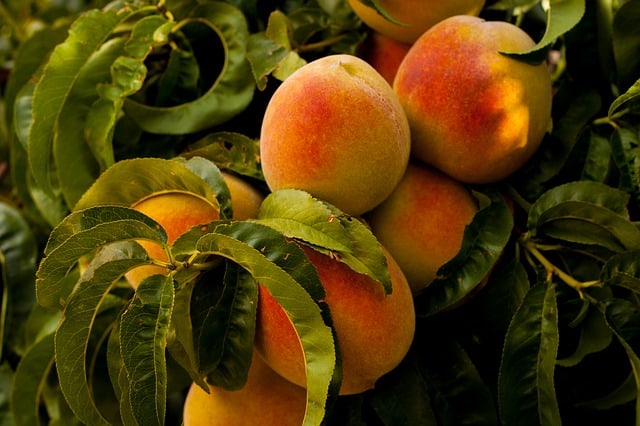
Once you see a sprout emerging from your peach pit, you’re officially on your way to growing a peach tree! But the adventure is only just beginning. Proper care and nurturing will be critical in this phase.
Light and Temperature
Peach trees thrive on sunlight, so ensure that your young plant receives plenty of bright, indirect light. If outdoor temperatures permit, you might even consider acclimating the plant to outdoor conditions gradually, as extreme temperature fluctuations can stress the young roots.
The ideal temperature for growth is typically between 70°F and 85°F (21°C and 29°C). Monitor your plant closely to ensure it isn’t getting too hot or cold, particularly if you are fluctuating between indoor and outdoor conditions.
Watering and Feeding
As your plant grows, maintaining a consistent watering schedule is vital. The soil should remain consistently moist but not soaked. Over-watering can lead to root rot, while under-watering can cause the plant to wilt. A soil moisture meter can be a practical choice to avoid guesswork.
Fertilization plays a significant role in a peach tree’s health. After about a month, you might consider feeding your plant with a well-balanced fertilizer rich in nitrogen, phosphorus, and potassium, which promotes growth and flowering. Look for fertilizers specifically designed for fruit trees if possible, as they offer the nutrients needed for successful fruit development.
Pruning for Shape and Size
As your peach plant matures, it will require some upkeep to ensure it develops a healthy structure. Once your sapling is a few inches tall, you can prune the tips periodically to encourage branching. This can create a bushier plant with more accessible fruit clusters in the future.
Typically, fall is the best time to prune mature trees, but young plants should be pruned in early spring to promote healthy growth without stress. Keeping an eye on pests and diseases is also paramount, as they can severely impact young trees. Be on the lookout for signs of aphids, peach tree borers, and fungal infections.
The Journey to Fruit Production
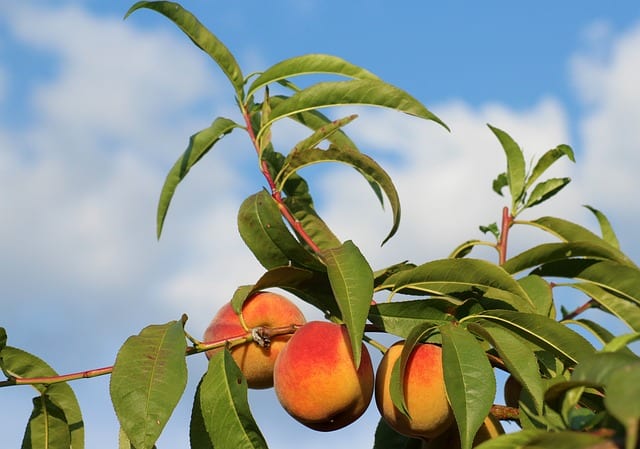
So the question remains: when will you see those elusive peaches? Unfortunately, patience is paramount here, as many peach trees take several years (approximately 3 to 6 years) to begin producing fruit. The growth rate will vary significantly depending on the variety and environmental conditions.
Pollination Considerations
Peach trees generally self-pollinate, but cross-pollination can enhance fruit yield and quality. If you do plant multiple pits, consider choosing different peach varieties to ensure your trees can potentially cross-pollinate one another.
Bearing Fruits: What to Expect
When your peach tree finally reaches maturity, you can expect delightful fruits, which can vary in size from small to large. Commonly, they take about 100 to 150 days from bloom to harvest, depending on the specific variety. Harvest when the fruit is soft to the touch and produces a distinct fragrance.
Challenges and Considerations
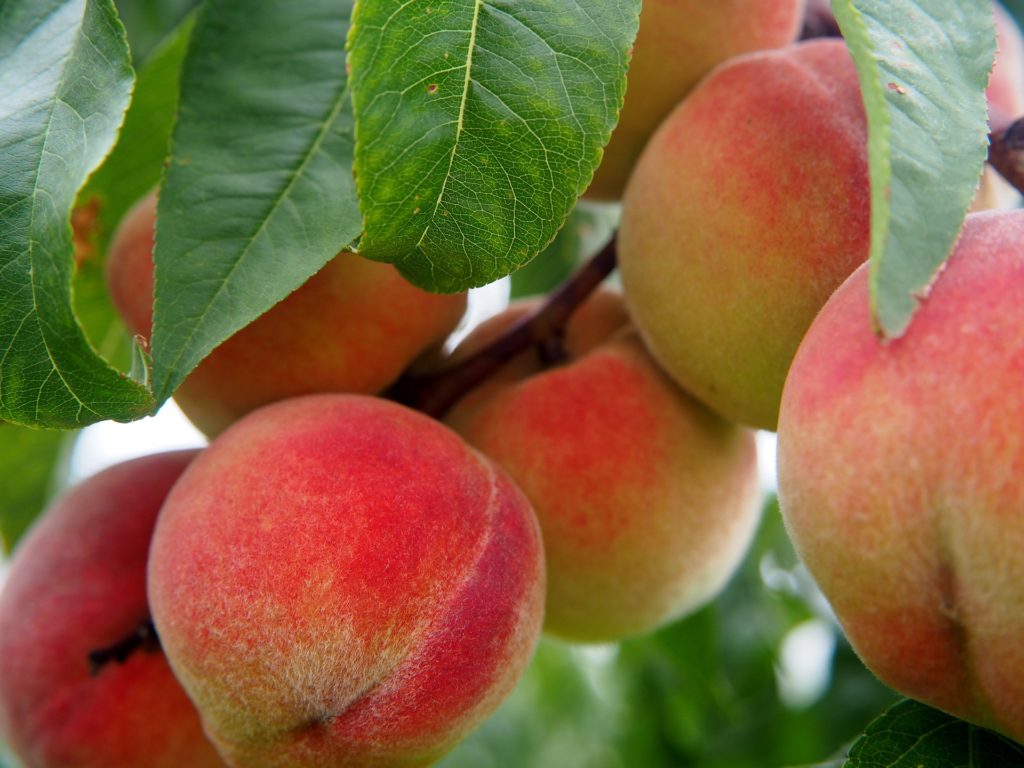
While planting a peach pit can be a rewarding endeavor, it comes with its share of challenges. Be prepared for the reality that not every pit will germinate, and even those that do may not lead to vigorous fruiting trees. Many factors such as soil conditions, climate, irrigation, and pests can affect your success.
Climate and Location
It’s essential to understand the climate in which you’re attempting to grow your peach tree. Peach trees thrive in USDA hardiness zones 5 to 9, depending on the variety. If you live in an area with harsh winters, consider growing peaches in containers that can be moved indoors or protectively covered during extreme cold.
Pests and Diseases
Be proactive in monitoring your sapling for any signs of pests or diseases. These include common issues like brown rot, peach leaf curl, and various pests, such as the peach twig borer. Utilizing organic insecticides or practices such as introducing beneficial insects can help protect your young tree.
Alternatives to Planting a Pit
For gardeners who may be intimidated by the idea of starting from a peach pit, consider other options that might lead to quicker and more reliable results.
Buying a Nursery Sapling
One of the easiest routes to backyard peach production is purchasing a young peach tree from a reputable nursery. You can find healthy saplings tailored to your specific climate and conditions, often already on the path to fruiting.
Grafting Techniques
If you’re looking for a unique type of peach, consider learning about grafting. This method allows you to combine the roots of one tree (called the rootstock) with the upper portion (scion) of another. Grafting can result in unique flavors and can also help improve resilience against pests and diseases.
Conclusion: The Joy of Growing
In the end, whether you are successful in your endeavor of planting a peach pit or opt for a nursery-grown tree, the joy of growing your fruit is irreplaceable. The process nurtures not just a tree, but a connection to nature and a sense of accomplishment. You’ll experience the thrill of watering and caring for your plant, the beauty of its blooms, and the joy of biting into a homegrown peach that carries your effort and patience within it.


